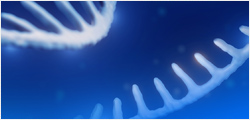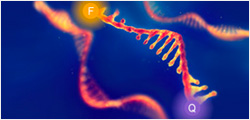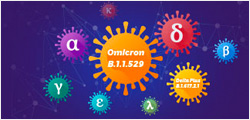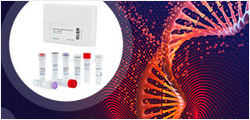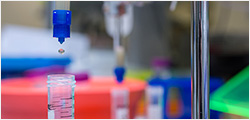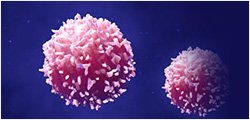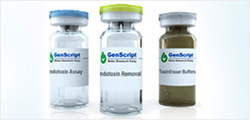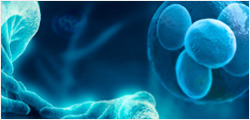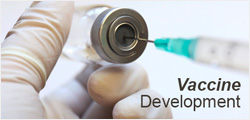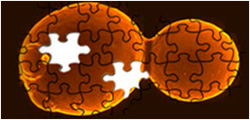FGF-16, Human
Fibroblast Growth Factor-16 (FGF-16) is a heparin binding growth factor, a member of the FGF family. All FGF family members are heparinbinding growth factors with a core 120 amino acid (aa) FGF domain that allows for a common tertiary structure. FGF family members possess broad mitogenic and cell survival activities, and are involved in a variety of biological processes, including embryonic development, cell growth, morphogenesis, tissue repair, tumor growth and invasion. The rat homolog is predominantly expressed in embryonic brown adipose tissue and has significant mitogenic activity, which suggests a role in proliferation of embryonic brown adipose tissue. FGF-16 is most similar to FGF-9 (73 % amino acid identity). The protein sequence of human FGF-16 displays 98.6% identity with rat FGF-16. Chimpanzee FGF-16 (207 amino acids), chicken FGF-16 (207 amino acids), and zebrafish FGF-16 (203 amino acids) show 100 %, 89.9 %, and 79.2 % total amino acid identity with human FGF-16.
| Z03288 | |
|
|
|
| ¥13,804.00 | |
|
|
|
|
|
|
| Ask us a question | |



